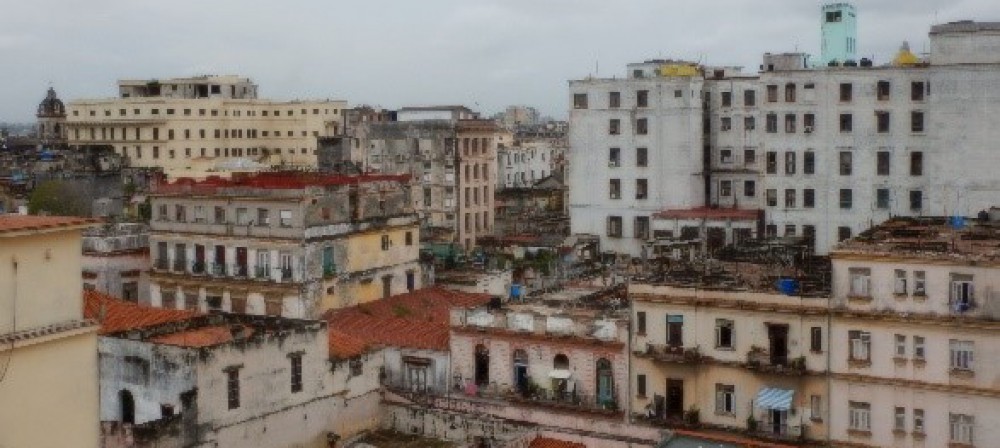Cuba: January 4th
José Marti Lecture, José Marti Memorial, Old Havana
Lindsay MacDonald
As we began our first full day in Cuba, we arrived at the CEM for a lecture on the life and works of José Marti. Prior to our arrival, we briefly discussed Marti as a figure in Cuban history, culture, and identity. After the lecture and our first tour of Old Havana, it became clear that one could not possibly explain the role that Marti plays in Cuban culture. The lecturer spoke with pride and admiration toward the historical figure and spoke about him as a thinker, writer, and political leader. As a thinker, it seems as though he serves as a philosopher to the Cuban people, establishing a moral and ethical code. As a writer, he wrote as both a “reporter” and wrote literature. As a political leader, Marti had ideas of a Cuba that were independent and autonomous and fought for these ideas. He explained to us foreigners the difficulty in finding one person who can play all three roles that made Marti so important. Through the lecture, the role that Marti played and tbe importance of Marti to the Cuban people became more and more clear. One thing that struck me is that the lecturer noted that when people have upstanding ethical standards there is a word that, roughly translated, means that they are a follower of Marti. This is evidence that Marti continues to live through the Cuban people today.
After the lecture we arrived at the José Marti memorial. This memorial is dedicated to honoring the life and work of José Marti. The building serves no other purpose then to honor their great hero. It is important to note the placement of the memorial. In revolution square, the memorial remains one of the only buildings to not serve as a government building. Instead it is to remind the people of Marti, his work, and his beliefs. Every statue and painting make Marti out to be a strong figure. When looking at the artwork of Marti and his various statues around Havana, including those at the CEM and the memorial, the way people portray figures through art is often telling of their interpretation of the figure themselves. Marti, through art, is continuously portrayed as a strong heroic figure. It seems as though Marti is their hero of independence, while serving as a philosopher who established an ethical code that, ideally, all Cubans would attempt to adhere to.
When we toured old Havana we, once again, saw the influence that Marti had and continues to have in the identity of the Cuban people. As we walked through one of the plazas we saw a sea of booksellers encompassing the area. Every bookshelf was filled with books about major figures in Cuban history. Many of which were books about José Marti. The sellers also had many posters, many of which featured Marti. On signs, on posters, or on graffiti one can find images of Marti everywhere. As I saw these images I tried to make a comparison to a figure in the history of the United States. It was easier to instead combine figures in our history to represent what Marti represents to Cuba. José Marti is, in my opinion, our founding fathers, our Emerson, our Lincoln, and our Martin Luther King Jr all in one figure. It is hard in American history to find a figure that serves as a thinker/ philosopher, a writer, and a political leader.
Marti clearly is a recognized important figure to all Cubans but it appears as though he has been immortalized by the Cuban people, or at least by the academics. What is clear is that José Marti remains alive in much of Havana; on many street corners and walls and many more museums and memorials. One thing to note is that we have not heard the opinion of the general public on José Marti. What we have heard has been simply from academics at the CEM. It is always important to know and recognize what kind of possible bias that comes with the information we are receiving. This leaves me with the question: does the average Cuban feel as passionately toward Marti as the academics we have come in contact with? Another question that remains is whether Marti would have been such an important and significant figure in Cuban history and identity if he had survived his first battle. Perhaps our future time in Cuba will help answer that question.
